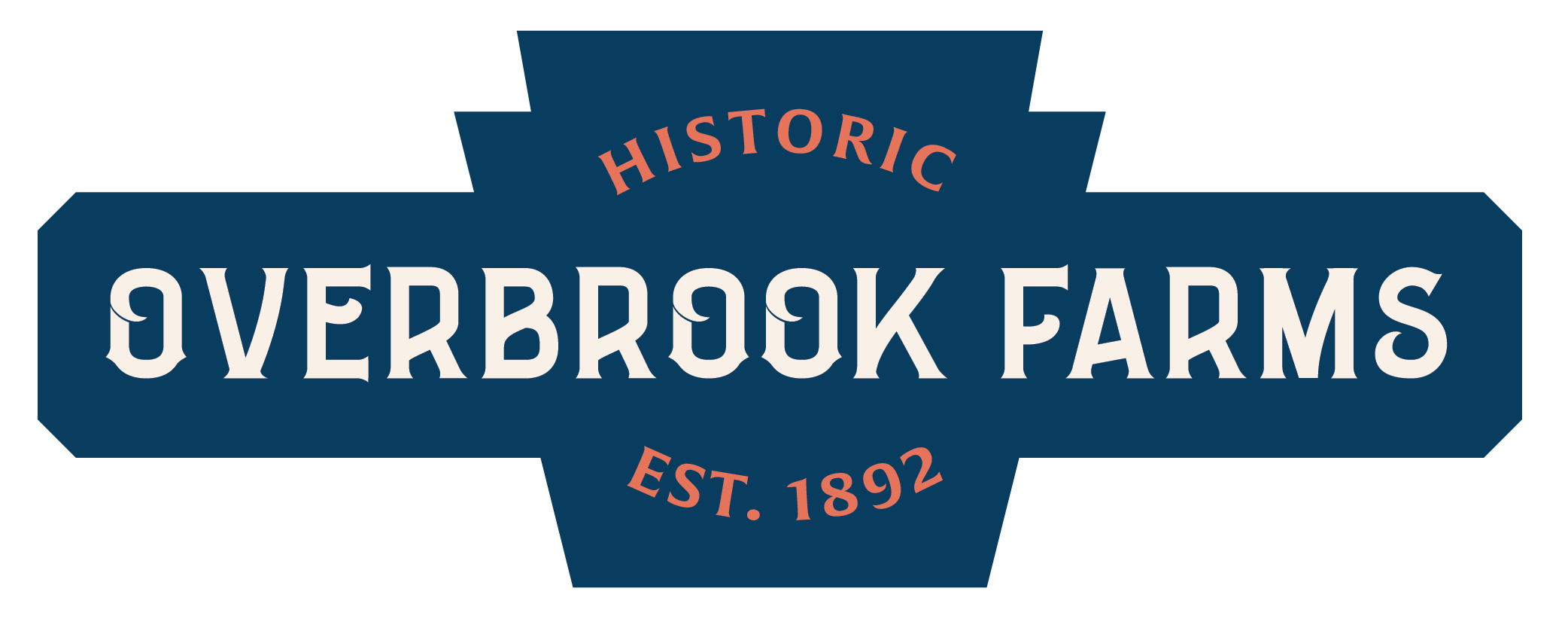Historical Significance
Overbrook Farms is America’s first planned “suburb deluxe”, as its developers Wendell & Smith called it when construction began in 1893. The initial phase of development for Overbrook Farms ended in 1929 with a total of nearly 500 properties. Today, Overbrook Farms runs 58th Street to 66th Street, City Avenue to Woodbine Avenue, and includes the 6400 and 6600 blocks of Woodcrest Avenue and Morris Park Road.
The vision for the neighborhood began in 1892 with financier Anthony Drexel of Drexel & Co. and a group of investors known as the Drexel Syndicate. The Syndicate purchased the 171-acre John M. George Estate, later adding the Wistar Morris Estate (present day Church Road and vicinity). Drexel engaged the noted developer partnership of Herman Wendell and Walter Bassett Smith, who also developed the Pelham District in Northwest Philadelphia and Wayne in Montgomery County.
Wendell & Smith were responsible for sales and the development of amenities and public infrastructure. They engaged the finest architects of the day, including Horace Trumbauer, Charles Barton Keen, William Lightfoot Price, Walter Price, Chester H. Kirk, and the firms of Bailey & Bassett, Boyd & Boyd, and others. Many of the various architectural styles that were popular in the late nineteenth and early twentieth centuries are represented in the district. Although there are over twenty styles represented in the neighborhood, the majority of houses are Colonial Revival or Tudor Revival. Other styles from the late nineteenth and early twentieth centuries in the district include Arts & Crafts, Dutch Colonial Revival, Gothic Revival, Queen Anne, Prairie, Romanesque, and Shingle.
Anchored around the first (and oldest) stop on the Pennsylvania Railroad’s famed “Main Line”, Overbrook Farms represented an ideal in suburban, healthy living for those desiring a retreat from the grit of Philadelphia in its industrial heyday, whose breadth and vigor earned the city the nickname “Workshop of the World”. Modern sewers and clean water supply, generous lots and sidewalks, proximity to the lush Morris Park, as well as its own dedicated Overbrook Steam Heat Co. and Overbrook Electric Co. (both now defunct) were among the amenities offered in the early days.
Many of the various architectural styles that were popular in the late nineteenth and early twentieth centuries are represented in the district. Although there are over twenty styles represented in the neighborhood, the majority of houses are Colonial Revival or Tudor Revival. Other styles from the late nineteenth and early twentieth centuries in the district include Arts & Crafts, Dutch Colonial Revival, Gothic Revival, Queen Anne, Prairie, Romanesque, and Shingle.
The residents of Overbrook Farms initially were mostly middle to upper-class families, including artists, politicians, merchants, bankers, lawyers, industrialists, and academics, many leaders and innovators in industry and social welfare. Today, Overbrook Farms retains most of the qualities of life for which it was designed, but has become decidedly more diverse with regard to race, religion, age, race, and identity.

